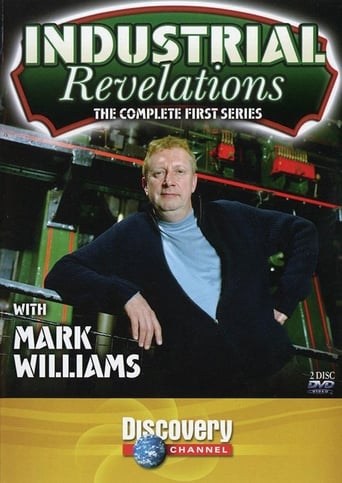Industrial Revelations Season 4

Industrial Revelations is a Documentary show showing the connections between related industrial advances. The show's presenter has changed several times since the first series in 2002 hosted by Mark Williams.
Watch NowWith 30 Day Free Trial!
Industrial Revelations
2002 / NR
Industrial Revelations is a Documentary show showing the connections between related industrial advances. The show's presenter has changed several times since the first series in 2002 hosted by Mark Williams.
Watch Trailer
Industrial Revelations Season 4 Full Episode Guide
Waterways are flourishing in Europe, but how is it that a system designed for 17th-century trade is still viable in the 21st? Ronald Topp finds out.
Ronald Top examines how railways conquered the mountains, with a little help from George Stevenson. He's in the Alps to see how funicular railways work.
Ronald Topp investigates the new techniques and ways of working that turned local potteries into an international industry.
Flight has always been humanity's dream. Ronald Top discovers that thanks to some paper thrown onto a fire, a duck, a cock and a sheep, it was made possible.
Ronald Top examines the beginnings of motor cars. Benz and Daimler were early pioneers, but prior to that there were attempts at steam-powered road vehicles.
Eiffel was the world's greatest exponent of the use of iron in construction, creating the his famous Tower in 1889. How did engineering in iron reach such heights?
For centuries craftsmen and women turned natural fibres into clothes. Ronald Topp explores what happened when machines began to replace manual labour.
Cities were traditionally developed around water until the railway age expanded their boundaries. As the population grew, how did they cope?
How did the building trade keep up with the demand for materials during the expansion of the Industrial Revolution, and what do oranges have to do with it?
With industrialisation, there were more mouths in towns and cities to feed and fewer men left to work the land. So how did food production keep up?
Free Trial Channels
Seasons



























